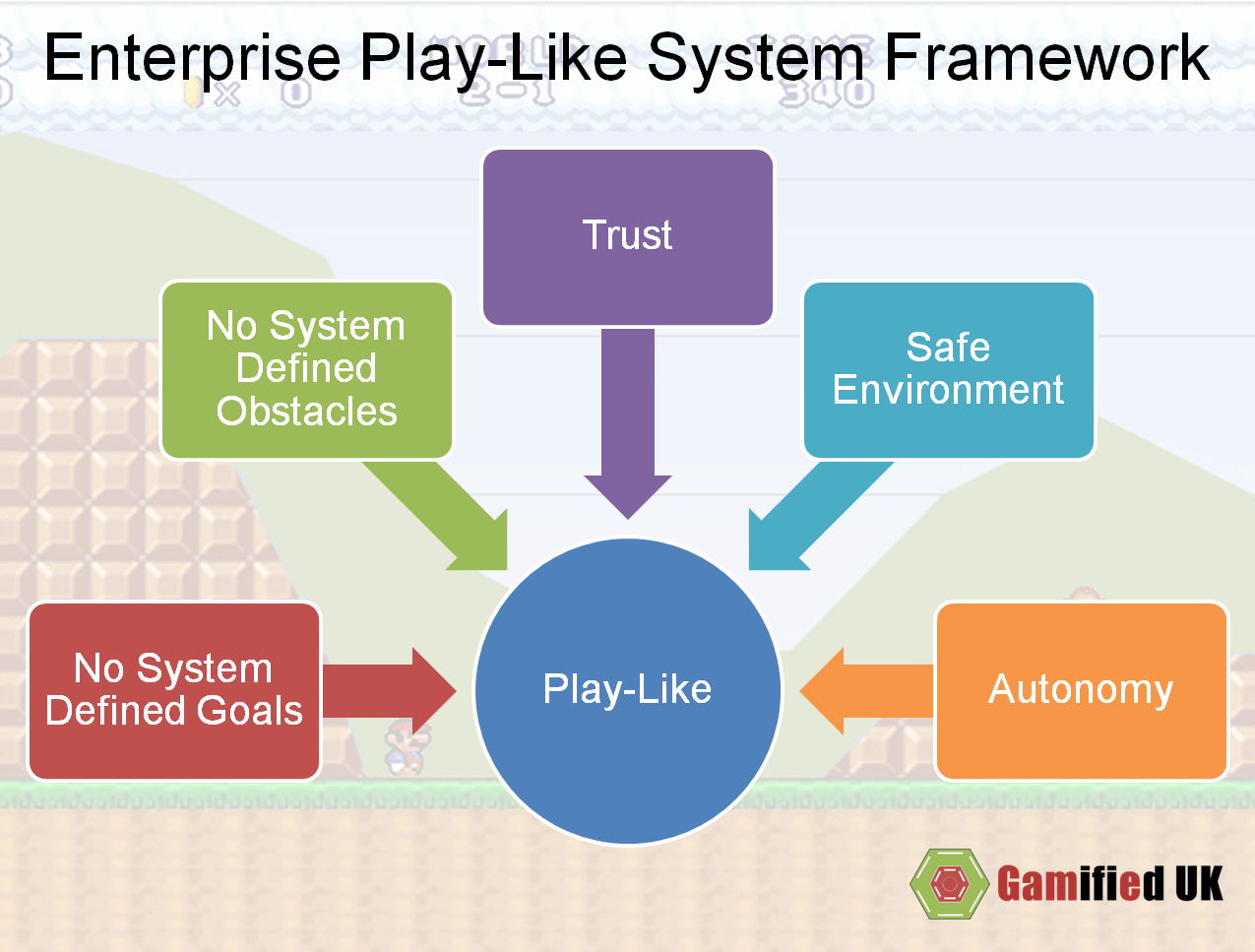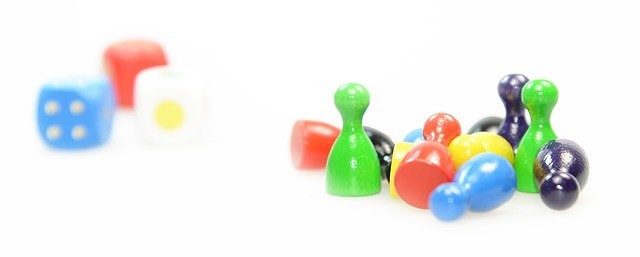As I have been researching play, there is a term or really a word and concept that has been hard to ignore. Ludic. It comes up a lot in papers and articles about play. It comes from the Latin for play and is defined as;
Showing spontaneous and undirected playfulness.
Let me set the scene. You are in a system that follows the path outlined below.
- You start with a tutorial. It sets the context for what you are doing as well as giving you the basic skills you need to start.
- You are given a set of tasks to complete and goals to achieve.
- Next you start grinding, completing the simpler tasks as you develop your skills and learn more about the system.
- As your level of skill increases, new challenges become available and new goals are set. These may require you to learn new skills and increase your abilities.
- Along the way there are surprises and unexpected events. You will meet new people, some will be friends and you will need to work together with them to a bribe certain goals and some won’t!
- All the while you will be collecting experience and currency as you complete new challenges.
I’ll come back to that. Ludic turns up in various forms when academics speak about play. Here are a few examples.
- Ludos: this is the original Latin for play
- Ludeme: this is a concept that Raph Koster speaks about. In their simplest form a ludeme is a unit of play.
- Prelusory goals: goals set by the game.
- Lusory means: rules set by the game.
- Lusory attitude: a playful mindset. An understanding that you are entering play.
The last three are from Bernard Suits definition of a game from his seminal book The Grasshopper: Games, Life and Utopia. Read More ...





